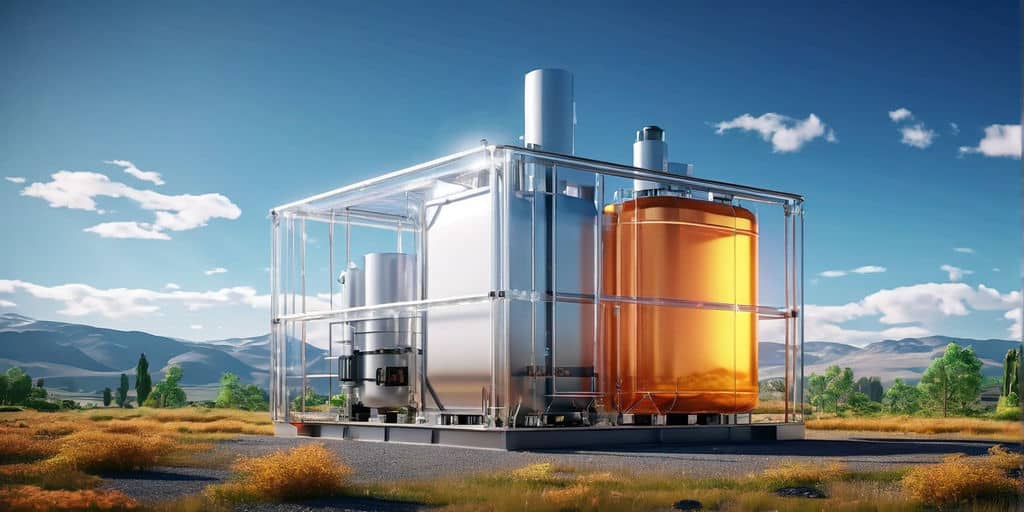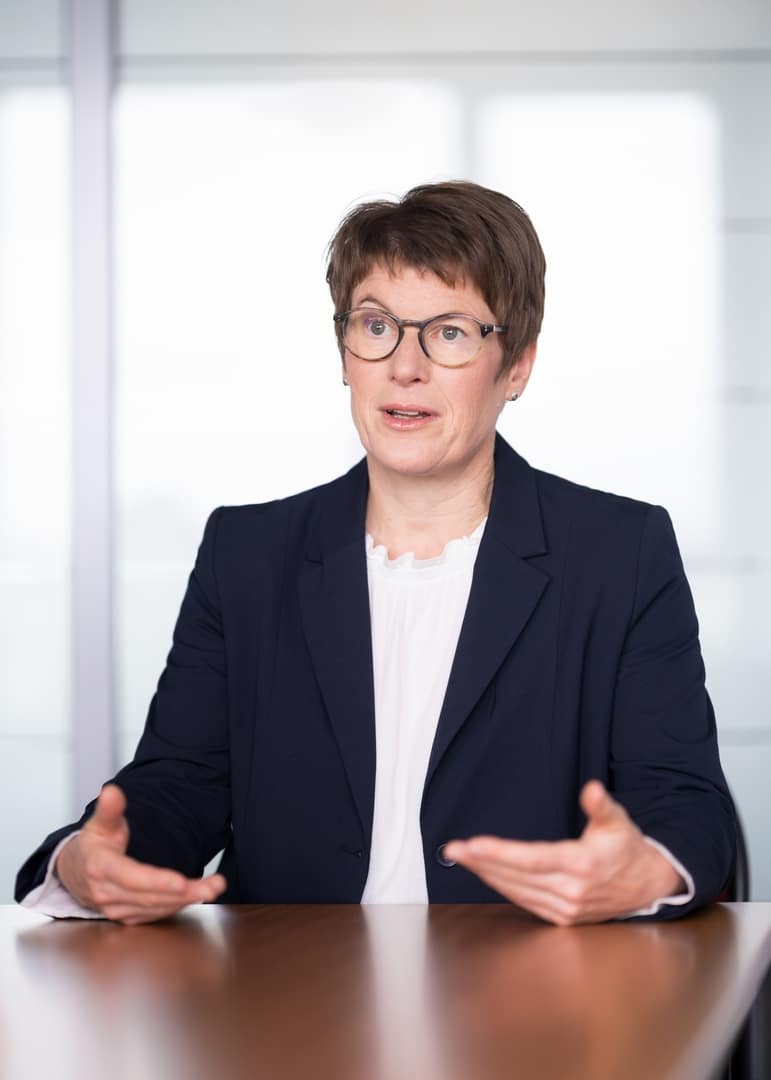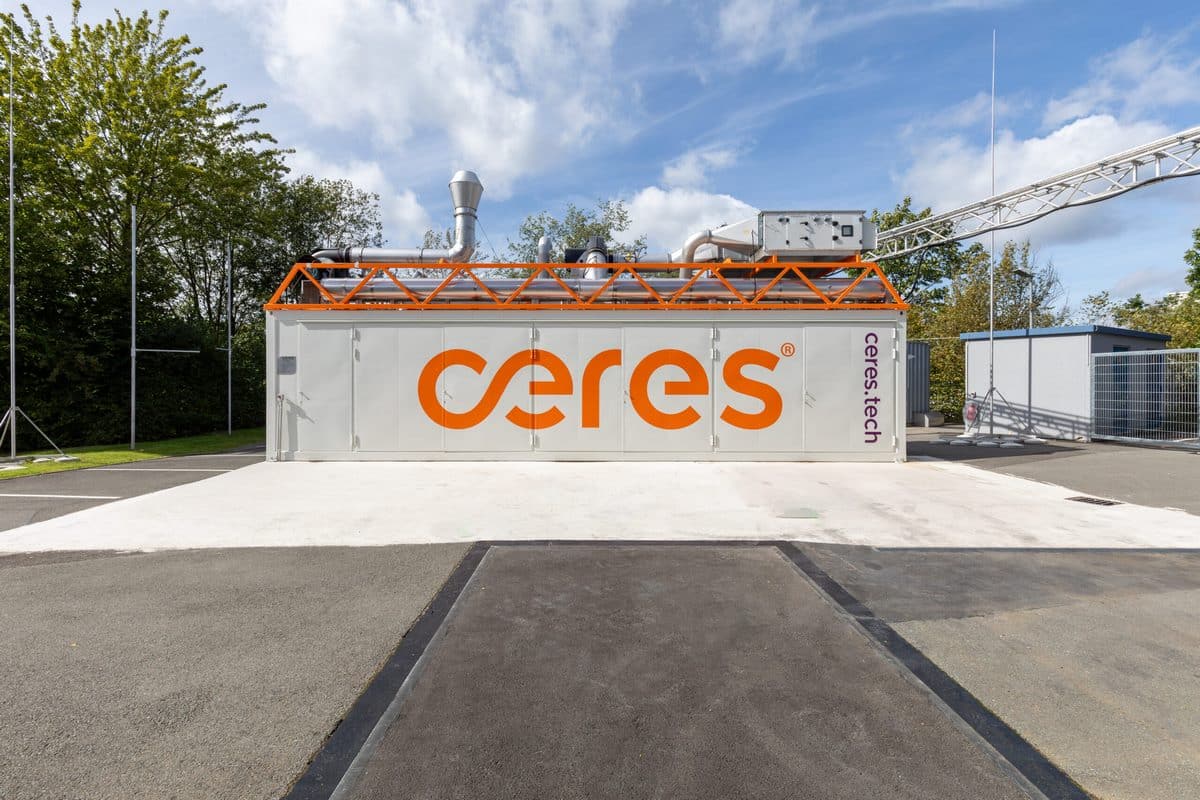Nearly 120 attendees met for the annual power-to-gas strategy conference on June 20 in Berlin, where the German Energy Agency, dena, previewed a new road map to call for greater openness to new technologies and the improvement of energy storage policies. Another important agenda item was the introduction of hydrogen and synthetic methane to the fuel and heat market. Christiane Golling, project manager at dena, showed in detail how to establish a power-to-gas infrastructure to advance the transformation of the energy grid.
While several months ago, power-to-gas had been debated as purely a vision for the future, it has meanwhile become clear that the technology will be needed much earlier than expected. Golling stressed this aspect in her speech. Not only does she see great potential for the use of excess power, but also for meeting base demand, specifically where viable alternatives are non-existent, such as in heavy-duty, maritime and airplane operations.
“The comparatively high number of surcharges and fees added to the power price creates significant drawbacks for this energy carrier. It will be up to the new parliament to design a legal framework that is free of any technology bias and to remove any regulations that discriminate against or needlessly hinder the development of power-to-gas systems and their products.”
Specifically, dena called for the full implementation of the European Fuel Quality Directive, or FQD, into German law. According to the European Commission’s adoption proposal from October 2014, fuel emissions are to be cut by 6 percent until 2020 compared to 2010. But it is up to the individual countries to decide how to meet this target. In addition to adding biocomponents to conventional fuels or switching from gas and diesel to hydrogen or electricity, emissions can also be reduced when creating fossil fuel products. This third avenue could be pursued through the use of certification, but would lead to the continued reliance on fully conventional technology and a missed opportunity for changing to more future-proof pathways.
The German Energy Agency clearly favors the way promising a more sustainable grid in the future and has requested the introduction of a sub-quota for alternative fuels in the federal law limiting pollution levels in Germany. Golling also pointed to the decarbonization of building stock, something that has shown much less progress than had been expected. She explained that the current retrofit rate was at a mere 0.5 percent and not at 2 percent, as had been hoped. There was already talk of a “sluggish heat market transformation.” Promoting the use of hydrogen and synthetic methane in the new bill on energy efficiency in buildings and recognizing renewable gases in industry as part of GHG emissions trade could lead to improvements when replacing a fossil fuel such as natural gas with power-to-gas products. dena sees other deployment opportunities in refineries and in fuel cell vehicles in logistics, mass transit and railroad operations.
Mature technology
Germany is currently the leader in power-to-gas projects, as more than 30 are being or have already been built (installed capacity: above 20 MW). Corporations such as Siemens, however, are still looking abroad to develop power-to-gas plants, as Gabriele Schmiedel, head of Siemens’ Hydrogen Solutions division, illustrated.
…
“You also need to have the courage to say goodbye to the old.”
Hamburg’s environment senator, Jens Kerstan (see fig.; second from right)
Incentives to reduce CO2
Inserting “incentives to lower CO2 emissions” into the debate was a conscious decision on dena’s part. The agency said that they were certainly an effective means of jump-starting the political discussion about sector integration.
There have been others who have called for a workable system in CO2 emissions trading. Before Germany’s general election, it was not only the Social Democrats (see DWV Calls for Equal Treatment), but also someone such as Johannes Teyssen, CEO of E.ON, who urged for taking decisive action and adopting minimum CO2 charges. Teyssen told BIZZenergytoday: “Nothing is as efficient as a standardized and sensible CO2 cost structure.”
Introducing minimum CO2 costs
Several EU members have begun to see it that way too. Both France and the UK have implemented a minimum price level for carbon dioxide. The British had already voted for the measure in 2010 and since 2013, the Carbon Price Floor has been in effect in the UK. Initially, it was at EUR 18 per ton and has meanwhile been upped to EUR 20.5 and is said to increase to EUR 34 by 2020. France’s counterpart, Composarite Carbone, will rise to EUR 56 per ton by 2020 and EUR 100 by 2030. The regular price in emissions trading has long since been at around EUR 5 a ton (EUR 14 at issue date).



























0 Comments